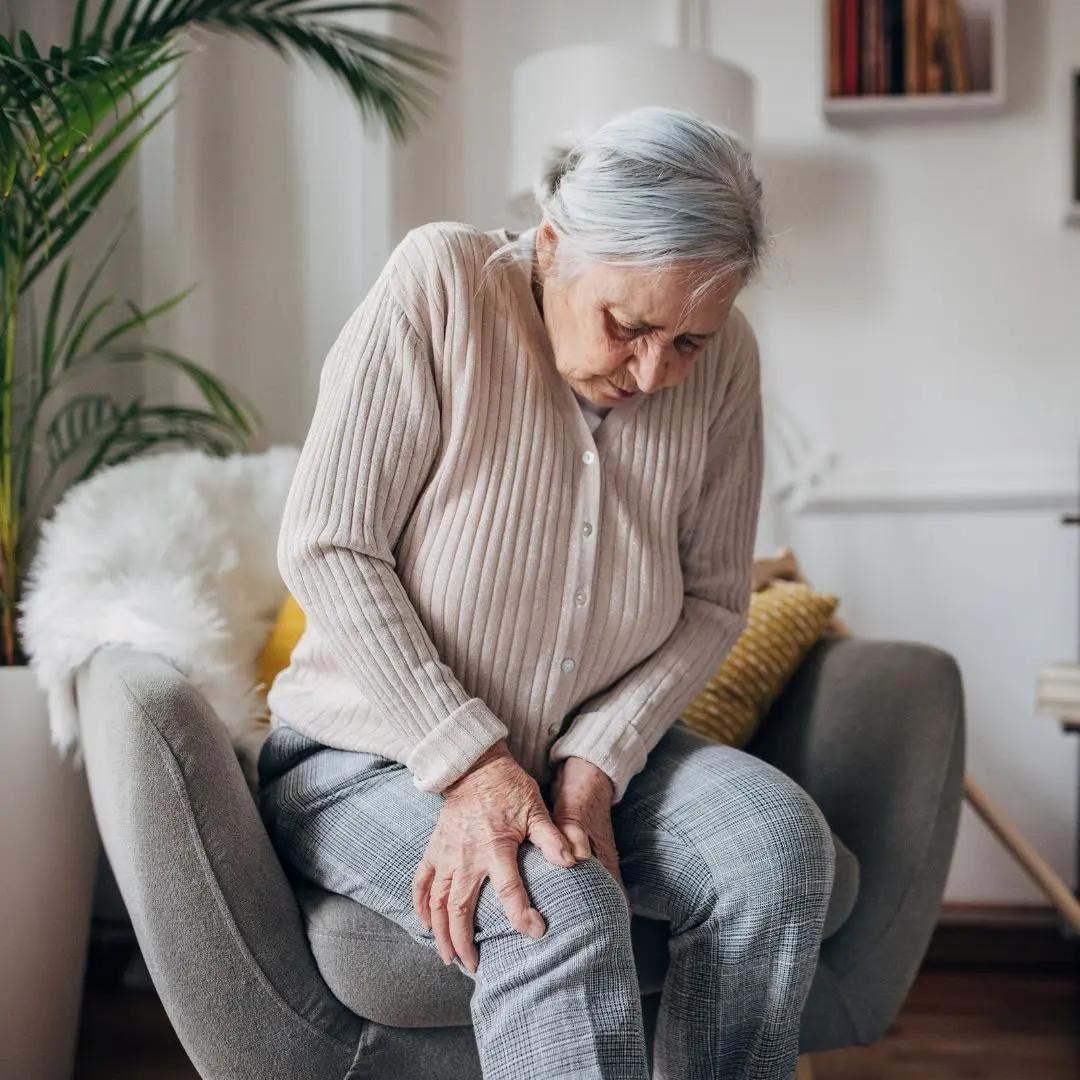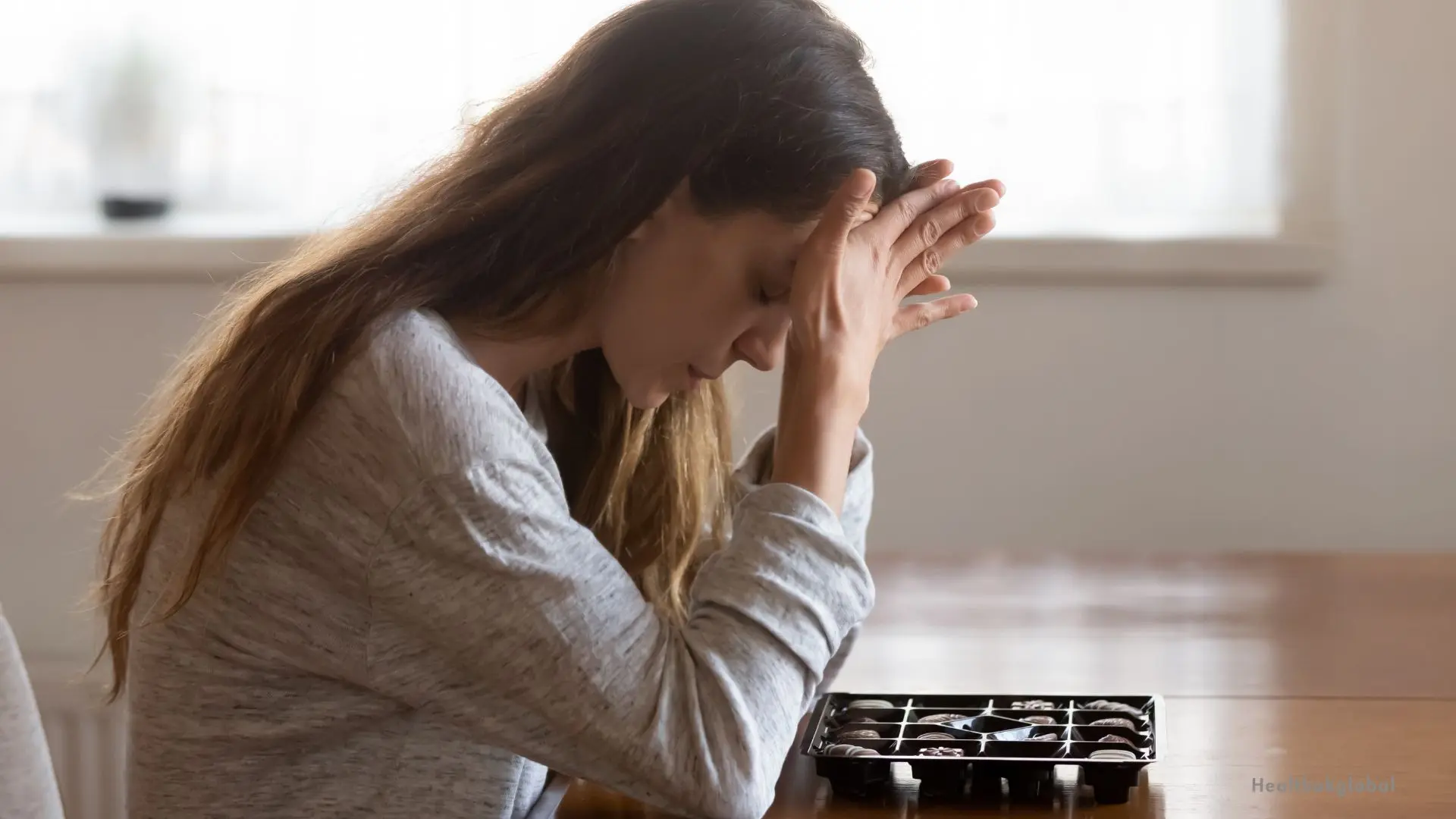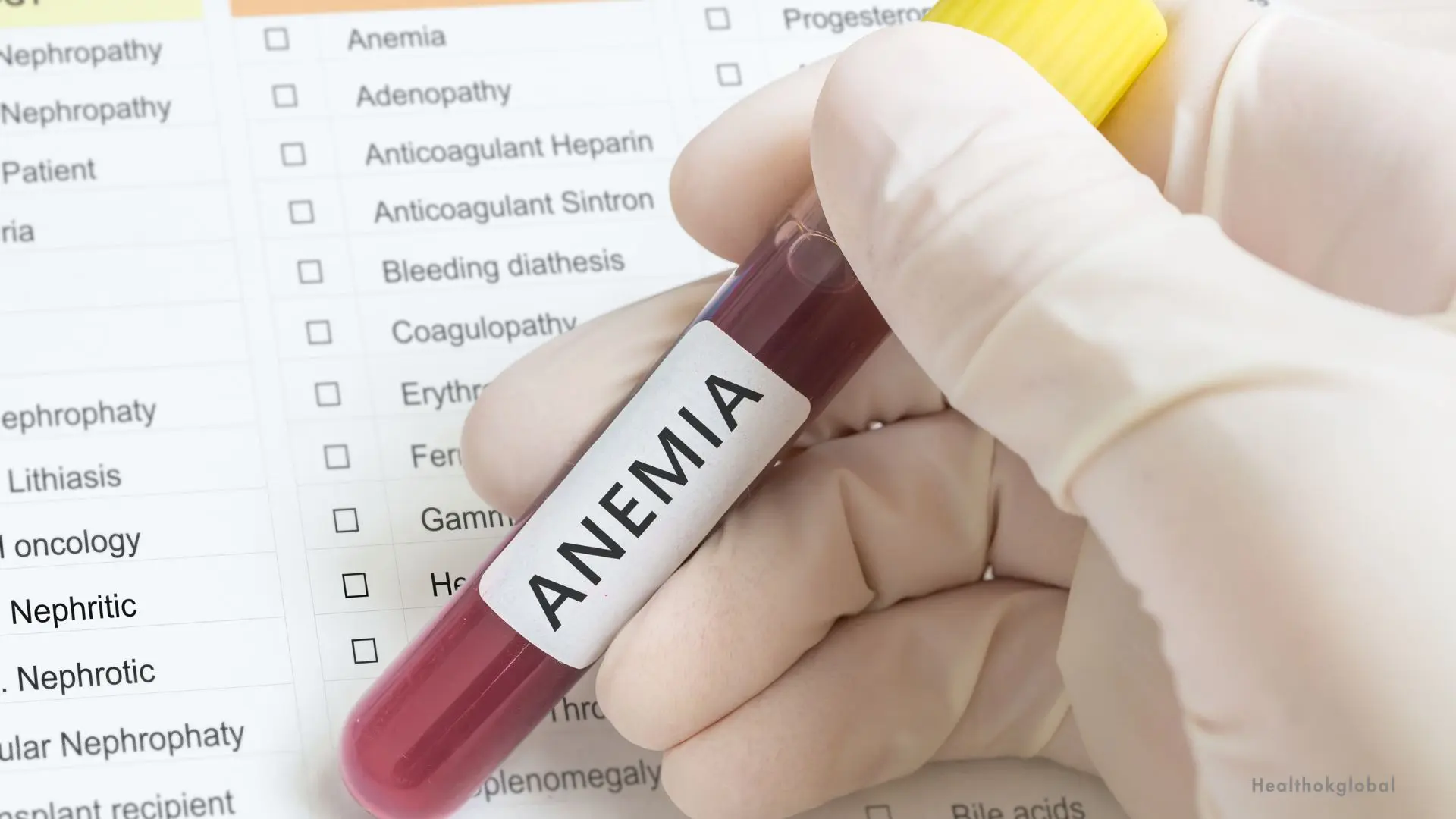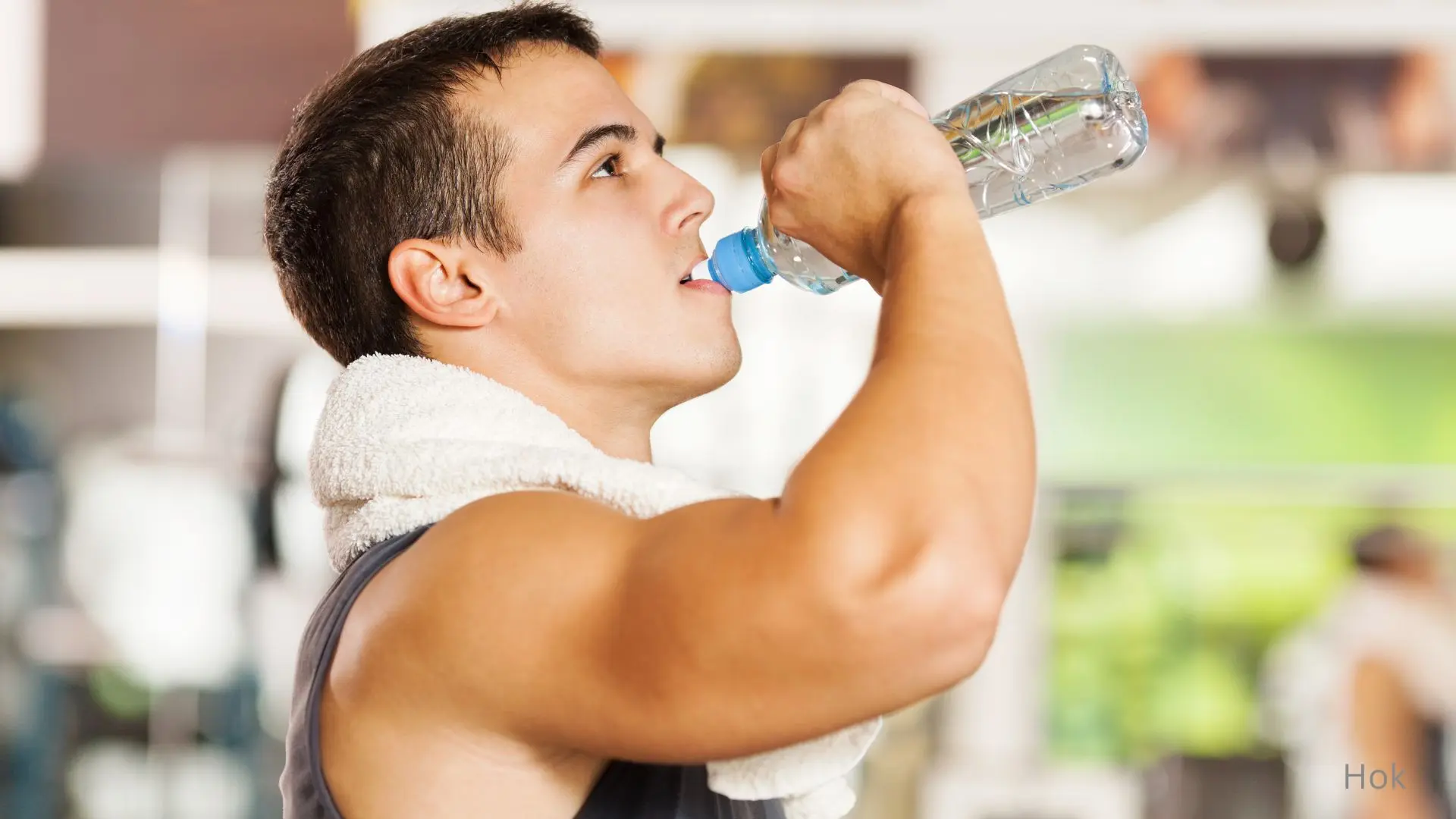Knee pain is a common complaint among ladies, impacting daily activities and overall quality of life. Various factors contribute to knee pain in women, including anatomical differences, hormonal fluctuations, and lifestyle factors.

Blog
Knee Pain in Ladies: Causes and Management Tips
Knee pain is a common complaint among ladies, impacting daily activities and overall quality of life. Various factors contribute to knee pain in women, including anatomical differences, hormonal fluctuations, and lifestyle factors. Understanding the causes and effective management strategies for knee pain is essential for women's health and well-being.
Several factors can contribute to knee pain in women, including:
Women often have wider hips and a greater angle between the hips and knees, known as the Q-angle. These anatomical differences can increase the risk of knee pain and injuries.
Hormonal fluctuations during menstruation, pregnancy, and menopause can affect ligament laxity and joint stability, leading to increased susceptibility to knee injuries and pain.
Engaging in high-impact activities such as running, jumping, or repetitive movements can put stress on the knees, leading to overuse injuries such as patellofemoral pain syndrome or runner's knee.
Women are more likely to develop osteoarthritis, a degenerative joint disease characterized by cartilage breakdown and inflammation, leading to pain, stiffness, and reduced mobility in the knees.
Excess body weight can put additional strain on the knees, increasing the risk of knee pain and osteoarthritis. Women may experience weight gain during pregnancy, menopause, or due to lifestyle factors.
Managing knee pain in women involves a multifaceted approach that addresses underlying causes and promotes joint health. Here are some effective management tips for alleviating knee pain:
Maintaining a healthy weight through a balanced diet and regular exercise can reduce stress on the knees and decrease the risk of osteoarthritis and other joint-related issues.
Engage in low-impact exercises such as swimming, cycling, or walking to strengthen the muscles around the knees, improve joint stability, and reduce pain.
Incorporate strength training exercises targeting the quadriceps, hamstrings, and gluteal muscles to provide support to the knees and enhance joint function.
Wear supportive footwear with cushioning and arch support to minimize stress on the knees and improve shock absorption during physical activities.
Always warm up before exercising and cool down afterward to prepare the muscles and joints for activity and prevent injuries.
Use knee braces or supportive devices during high-impact activities to provide additional support and stability to the knees.
Consult with a physical therapist for personalized exercise programs and rehabilitation techniques to address knee pain and improve mobility.
Adopting a healthy lifestyle that includes proper nutrition, adequate hydration, stress management, and sufficient sleep can support overall joint health and reduce the risk of knee pain.
Knee pain is a common issue that affects women of all ages, but with the right approach, it can be managed effectively. By understanding the causes of knee pain and implementing lifestyle modifications, exercise routines, and proper self-care techniques, women can alleviate pain, improve joint function, and maintain an active lifestyle. If knee pain persists or worsens, it's essential to consult with a healthcare professional for proper diagnosis and treatment.
Several factors can contribute to knee pain in women, including:
Managing knee pain in women involves a multifaceted approach that addresses underlying causes and promotes joint health. Here are some effective management tips for alleviating knee pain:
Knee pain is a common issue that affects women of all ages, but with the right approach, it can be managed effectively. By understanding the causes of knee pain and implementing lifestyle modifications, exercise routines, and proper self-care techniques, women can alleviate pain, improve joint function, and maintain an active lifestyle. If knee pain persists or worsens, it's essential to consult with a healthcare professional for proper diagnosis and treatment.
Need Personalized Health Guidance?
Get expert advice tailored to your specific health needs from our qualified healthcare professionals.





